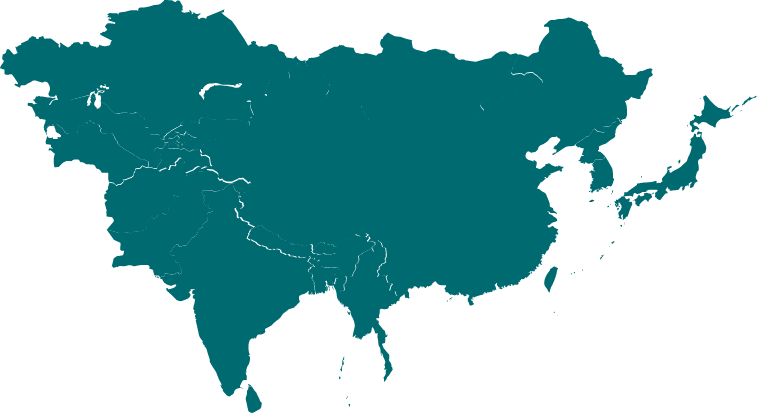I wanted to share good news from Biswadeb Chakraborty, URI regional coordinator for east zone India. East zone India has translated URI regional literature into several languages. Soon all of these materials will be available at the URI regional office in West Bengal. The Blue colors are those languages in east zone India. Read on to learn about the languages of India.
- Assamese — official language of Assam
- Bengali — official language of Tripura and West Bengal
- Bodo — official language of Assam
- Dogri — official language of Jammu and Kashmir
- Gujarati — official language of Dadra and Nagar Haveli, Daman and Diu and Gujarat
- Hindi — official language of Arunachal Pradesh, Andaman and Nicobar Islands, Bihar, Chandigarh, Chhattisgarh, Delhi, Haryana, Himachal Pradesh, Jharkhand, Madhya Pradesh, Rajasthan, Uttar Pradesh and Uttaranchal
- Kannada — official language of Karnataka
- Kashmiri — official language of Jammu and Kashmir
- Konkani — official language of Goa and Mangalore
- Malayalam — official language of Kerala and Lakshadweep
- Manipuri or Meithei — official language of Manipur
- Marathi — official language of Maharashtra
- Nepali — official language of Sikkim
- Oriya — official language of Orissa
- Punjabi — official language of Punjab and Chandigarh, second official language of Delhi and Haryana
- Sanskrit — language of Hinduism, required teaching in many schools
- Santali - language of the Santhal tribals of the Chota Nagpur Plateau (comprising the states of Jharkhand, Bihar, Orissa and Chattisgarh)
- Sindhi - language of the Sindhi community
- Tamil — official language of Tamil Nadu and Pondicherry
- Telugu — official language of Andhra Pradesh
- Urdu — official language of Jammu and Kashmir, Andhra Pradesh, Delhi and Uttar Pradesh
